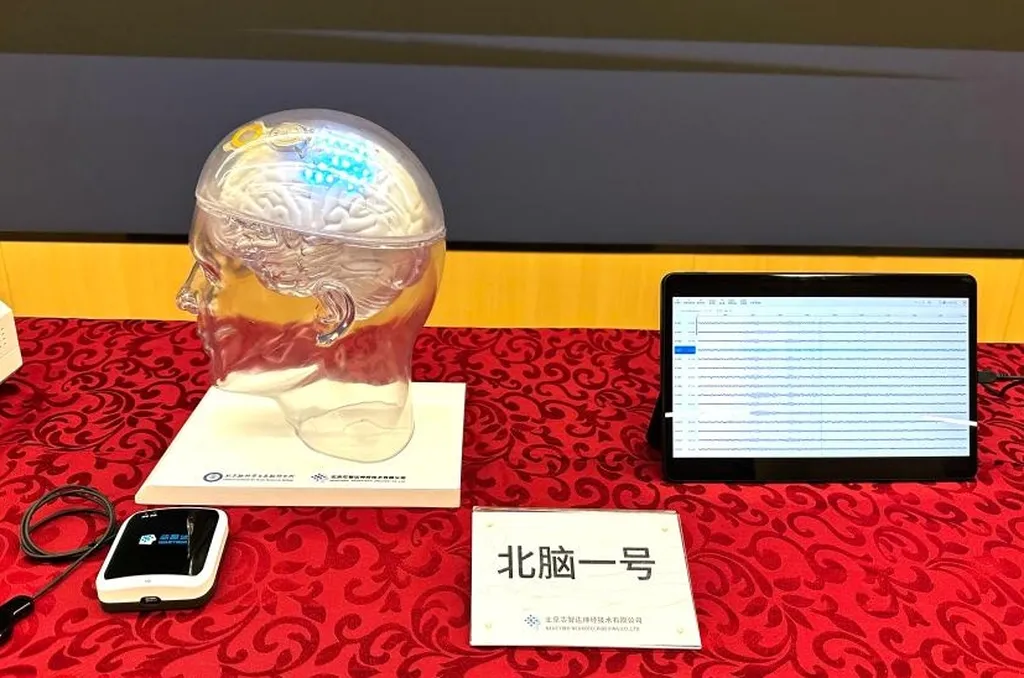In the quest for more efficient and powerful speech recognition technologies, researchers have turned to the human brain for inspiration. A recent study published in *InfoMat* (translated as *Information Materials*) introduces a novel approach to neuromorphic computing that could revolutionize the energy sector’s data processing capabilities. The research, led by Xiaoheng Zhou from the School of Integrated Circuits at Tsinghua University in Beijing, China, focuses on ferroelectric neuromorphic devices that mimic the human auditory system, promising significant advancements in speech recognition accuracy and energy efficiency.
Neuromorphic computing, which aims to emulate the neural architecture of the brain, has long been touted as a potential solution to the limitations of traditional recurrent neural networks (RNNs). These conventional systems often struggle with high energy consumption and computational constraints, which can hinder their performance in real-world applications. The study by Zhou and his team addresses these challenges by developing high-performance ferroelectric neuromorphic devices based on TiN/WOx/Hf0.5Zr0.5O2 (HZO) heterostructures.
The devices demonstrated impressive remanent polarization of approximately 20.58 μC cm–2 at 1.8V and endurance exceeding 1010 cycles, indicating their robustness and reliability. The inclusion of a WOx interlayer was a critical innovation, as it regulates oxygen vacancy formation and migration within the HZO layer. This regulation is crucial for emulating essential biological synaptic plasticity functions, such as paired-pulse facilitation and long-term potentiation/inhibition.
“By leveraging the unique properties of ferroelectric materials, we can create devices that not only process signals efficiently but also perform neural computations within the reservoir computing framework,” explained Zhou. “This approach allows us to achieve an accuracy beyond 99% across 12 categories of everyday vocabulary voice words, which is a significant milestone in the field of speech recognition.”
The implications of this research for the energy sector are substantial. Energy-efficient computing is a critical need for data centers and other high-compute environments, where power consumption is a major cost factor. Neuromorphic systems, with their ability to process information in a manner similar to the human brain, could drastically reduce energy consumption while improving performance. This could lead to more sustainable and cost-effective data processing solutions, benefiting industries that rely heavily on speech recognition and other temporal data processing tasks.
The study’s findings also open up new avenues for developing highly reliable and energy-efficient neuromorphic artificial auditory systems. As the demand for smart devices and voice-activated technologies continues to grow, the need for advanced speech recognition systems becomes increasingly pressing. The research by Zhou and his team provides a promising pathway to meet these demands, potentially shaping the future of neuromorphic computing and its applications in various industries.
In summary, the research published in *InfoMat* represents a significant step forward in the development of neuromorphic computing technologies. By mimicking the human auditory system, the team has demonstrated a method for achieving high accuracy and energy efficiency in speech recognition. This innovation could have far-reaching implications for the energy sector and beyond, paving the way for more sustainable and powerful computing solutions. As the field continues to evolve, the insights gained from this study will undoubtedly play a crucial role in shaping the future of neuromorphic computing.

